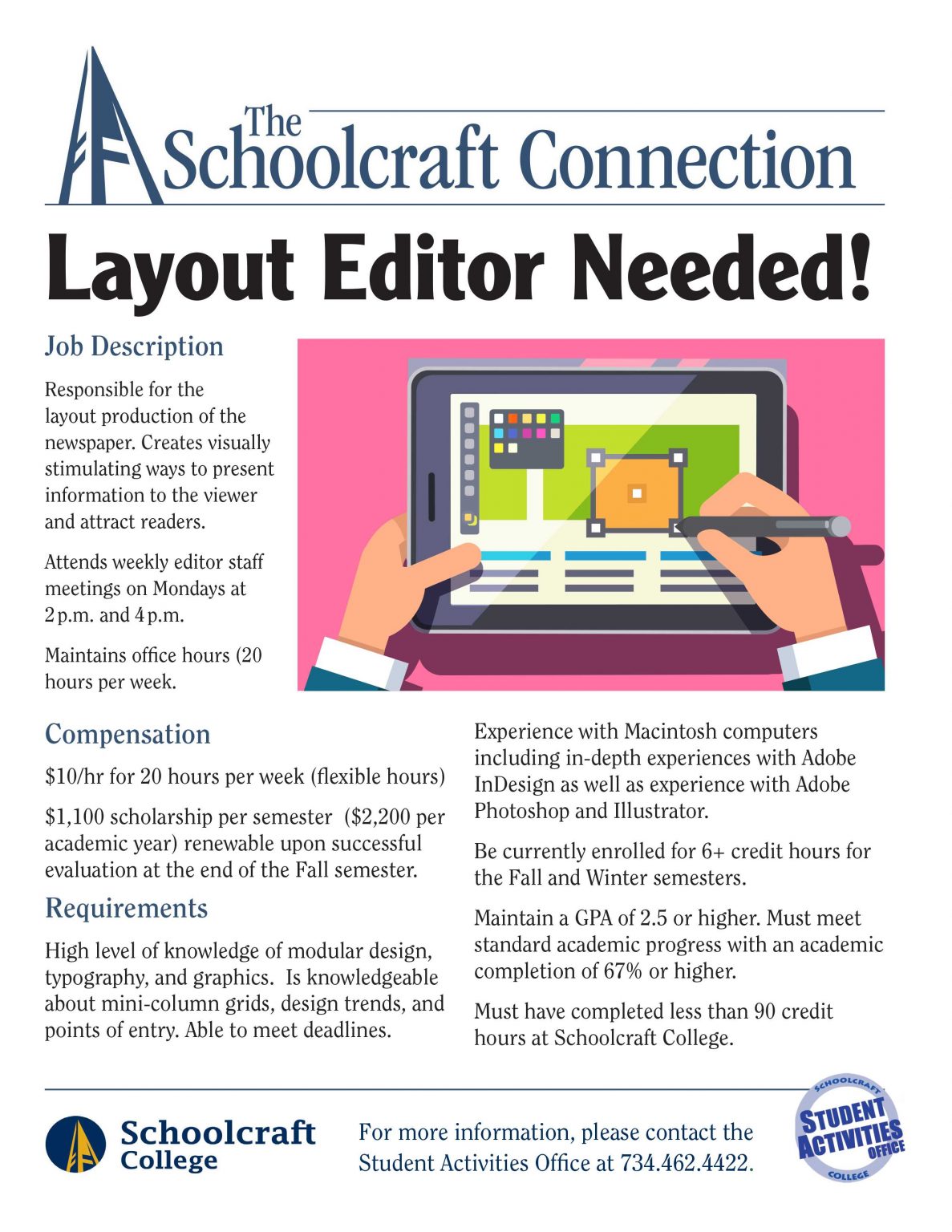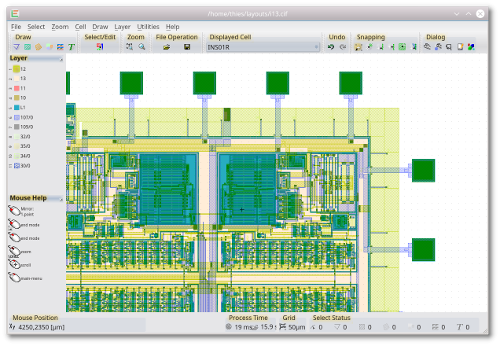

IFC is preferable because it is a fast, real-time, and non-invasive method for biological detection. Recently, impedance flow cytometry (IFC) has gained attention as a significant promising technique to replace and overcome the limitations associated with flow cytometry.

However, flow cytometry has high manufacturing cost and involves the labelling of cells with fluorescent antibodies. For instance, colloids as small as 87 nm could be detected by a microchip Coulter counter on a quartz substrate. This technique-first reported by Coulter -has emerged in microfabricated devices in order to analyze microscale particles with high sensitivity. The classical method for cell detection in suspension is through the use of flow cytometry, which is a rapid and highly accurate measurement technique. In order to meet the requirements for these applications, the platforms need to be rapid, sensitive, and cost-efficient. As those bacteria can multiply rapidly, it is necessary to detect them quickly, easily, and inexpensively. coli and Salmonella has been a serious issue for several developing countries. Regarding food safety, the contamination of drinking water or wastewater with microorganisms such as E. Plasmodium falciparum malaria-which mainly kills children in developing countries-infects the blood of patients at a concentration of ~1/50 μL of blood. The presence of rare CTCs in the blood ranges from only 1 to 100 CTCs/mL blood. The detection of circulating tumor cells (CTCs) in the blood has been shown to be clinically important for early stage metastasis or the recurrence of cancer. For medical diagnosis, the detection of cancer cells and pathogenic bacteria cells in the blood is utilized to diagnose disease. The detection and quantification of cells in complex samples remains a challenge and an important issue for applications such as medical diagnosis and food safety. Therefore, this device is suitable for low-cost medical and food safety screening and testing process in developing countries. Although this device was low cost, it preserves the core functionality of the sensor, which is capable of detecting passing cells at the sensing area. The microneedles are easily removed from the disposable PDMS (Polydimethylsiloxane) microchannel and can be reused with a simple cleaning process, such as washing by ultrasonic cleaning. A commercially-available Tungsten needle was utilized for the microneedles. The two microneedles are placed at the half height of the microchannel for cell detection and electrical measurement. Due to that, we present a microfluidic device with integrated microneedles. Furthermore, reuse of the fabricated electrode also requires an intensive and tedious cleaning process. Nonetheless, this method requires an expensive and complicated electrode fabrication process. The state of the art method for impedance flow cytometry detection utilizes an embedded electrode in the microfluidic to perform measurement of electrical impedance of the presence of cells at the sensing area.

So even huge designs are painted with a acceptable performance.In this study, we introduce novel method of flow cytometry for cell detection based on impedance measurements. With bigger designs a lack of performance is automatically detected and scarcely visible details are omitted. Medium sized designs (up to several hundred MB of GDS file size, exact size may depend on the design) can be painted with all details in real time. Also the painting performance is excellent and can easily compete with any other tool. So for example multi Gb GDSII files can be loaded in seconds. All significant features of the LayoutEditor are optimized to handle huge designs. Īs designs can extend to several Gb in file size, perfomance is an important factor. GDSII, OASIS, OpenAccess, CIF, DXF, Gerber, LEF, DEF, SVG, Lasi, SOURCE, CSV, PNG, JPG, Alliance, Electromask, PS, EPS, ODB++, EDIF, Qucs, Spice.

It also works natively with many other common and also some uncommon formats: The Calma GDSII file format is used as the primary file format. The LayoutEditor does not need a own file format. The most important handling functions like zooming and scrolling are integrated into each feature and need not be called up separately. This virtual challenge is solved by the extensive use of shortcuts and mouse button/key combinations together with clear display of these combinations. A cleverly worked out user interface provides outstanding usability on the one hand and high productivity on the other.


 0 kommentar(er)
0 kommentar(er)
